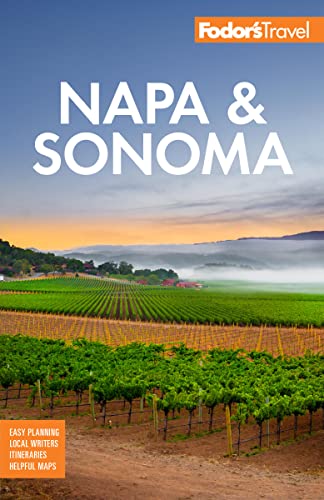After many years as a blue-collar burg detached from the Wine Country scene, the Napa Valley's largest town (population about 80,000) has evolved into its shining star. Masaharu Morimoto, Charlie Palmer, and other chefs of note operate restaurants here, and swank hotels and resorts can be found downtown and beyond. A walkway that follows the Napa River has made downtown more pedestrian-friendly, and the Oxbow Public Market, a complex of high-end food purveyors, is popular with locals and tourists.
The market is named for the nearby oxbow bend in the Napa River, a bit north of where Napa was founded in 1848. The first wood-frame building was a saloon, and the downtown area still projects an old-river-town vibe. Many Victorian houses have survived, some as bed-and-breakfast inns, and in the heart of downtown older buildings like the 1879 Italianate-style Napa Courthouse at 825 Brown Street have been preserved. The courthouse was among the numerous structures damaged during a magnitude 6.0 earthquake in 2014.
Napans are rightly proud of how the city responded to the quake and subsequent challenges—wildfires, fire-related power outages, and of course COVID-19—with support instantly materializing for first responders, healthcare workers, stranded visitors, and fellow citizens in need. One cause for celebration in 2020 was the debut of a dozen-plus new shops and services in the First Street Napa complex surrounding the five-story Archer Hotel Napa, whose rooftop bar affords splendid southern Napa Valley views.
If based in Napa, in addition to exploring the wineries amid the surrounding countryside, plan on spending at least a half day strolling downtown.






